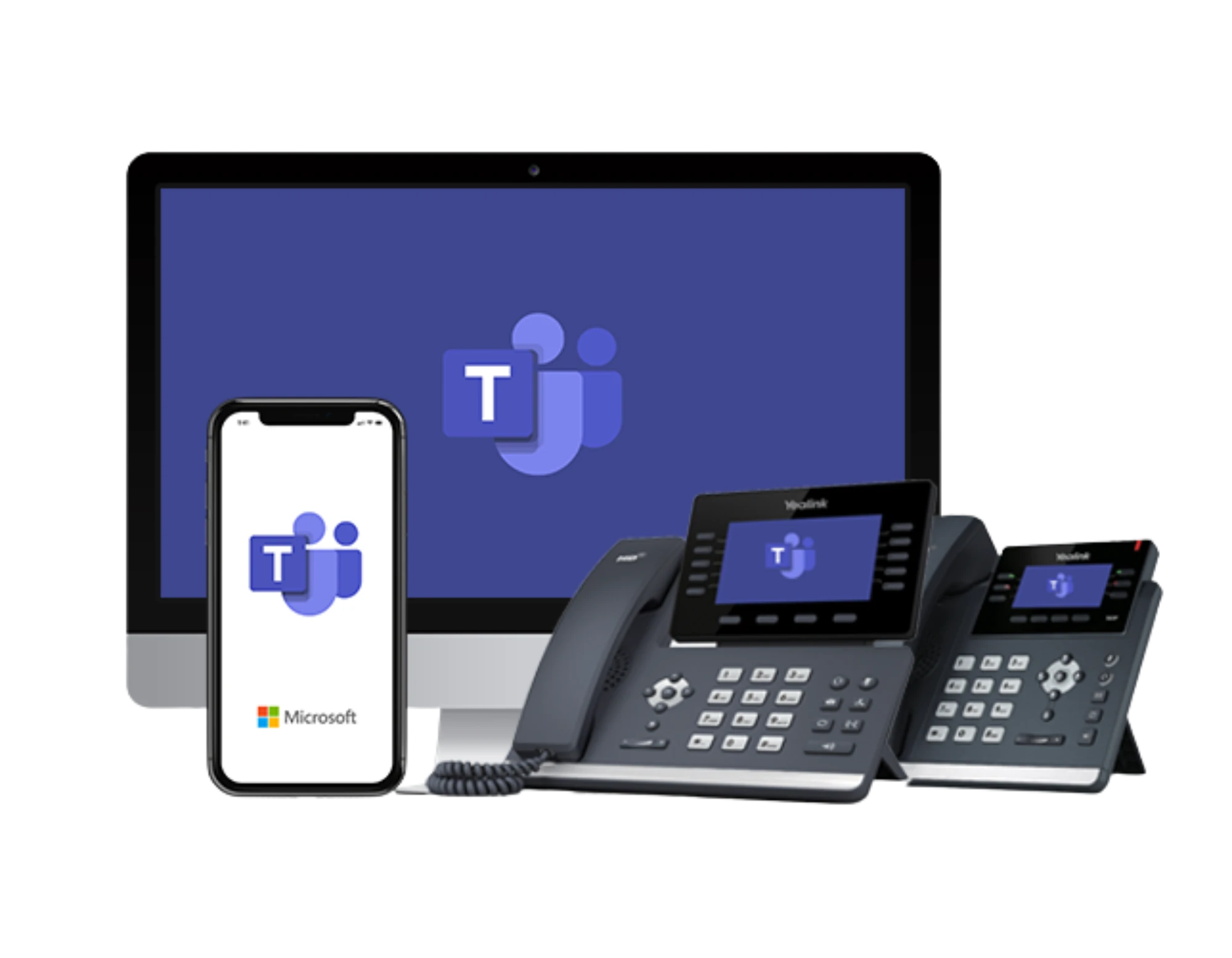The evolution of IT services manifested a progression that began with Service-Oriented Architecture (SOA) and finally evolved into cloud-based services. Industry experts believed that that the next logical step was moving an entire business vertical or division to the cloud. They encouraged clients in this direction because it would quickly demonstrate system effectiveness. It would also most readily benefit consumers via incorporated sets of activities to accomplish specific business objectives.
In other words, this would almost be a total cloud-based integration of business services.
Advantages
The Business-as-a-Service (BaaS) paradigm, as envisioned, allows end-users and partners to execute all business verticals in the cloud, leaving C-level executives to focus on core business concerns. BaaS addresses organizational goals and accelerate business development through Service Level Agreements (SLAs), operating models, and transactional and collaborative activities.
BaaS also provides specific advantages, such as:
- Agility in the ability to append innovation from third-parties
- Speed in providing access to the vendor knowledge base
- Scalability in the ability to accommodate companies with similar costs risks
- Reliability in standardized processes and automation
- Performance, efficiency, and lower costs relative to analytics
- Improved communication between IT groups and business
- Improved accountability through real-time managing and monitoring of business processes
- Improved efficiency via integrated knowledge processes, platforms, and applications
In the BaaS model, vendors host software solutions on their infrastructure as well as manage the business. Architecture, design, modeling, planning, and monitoring templates would be quickly and easily accessible to facilitate delivery of low-cost, scalable, dependable business solutions to consumers in the cloud.
Challenges
Standards and accountability are among the relatively few potential challenges that have been raised to date concerning BaaS implementation. Cloud services remain relatively novel to some in businesses that are not IT-driven, and standards governing security, transparency, and the integrity of management are still being developed. Considering the industry’s track record vis-à-vis the implementation of cloud services so far, it is certain that these issues will be resolved with minimal fanfare given the overwhelming number and nature of the benefits that those in business have already realized.
While the evolution toward BaaS follows the experts’ original vision fairly closely, what’s next in terms of cloud-based service delivery is not entirely predictable. As with any new model of technology or service, implementing BaaS is likely to involve a learning curve, but it is apparent that those in the IT industry have been prepared for some time, while the enthusiasm of those in the business world continues to increase.

















